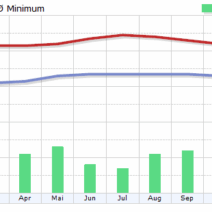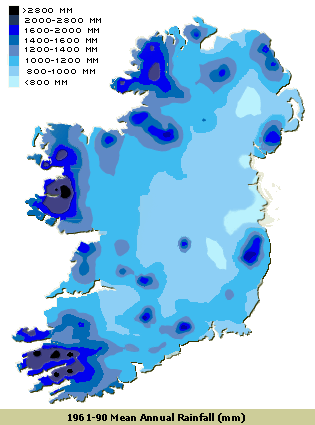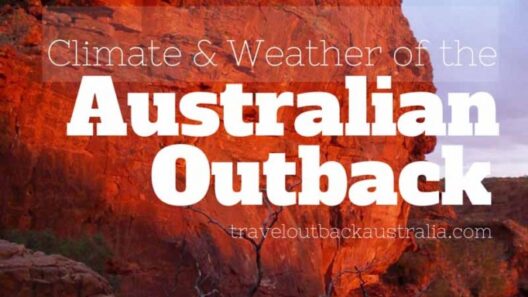The climate of the Western United States is a fascinating mosaic, characterized by diverse weather patterns, complex geography, and environmental nuances that together create a unique regional climate. This area encompasses multiple states, including California, Oregon, Washington, Nevada, Utah, and parts of Idaho and Colorado, each exhibiting its own distinctive climatic features. Understanding the Western Region’s climate goes beyond mere statistics; it offers insights into the broader implications of climate change, the importance of environmental stewardship, and the intricate interactions of natural ecosystems.
One of the most notable aspects of the climate in the Western US is its marked variability. The region can be divided into several distinct climatic zones, influenced primarily by its topography, proximity to the Pacific Ocean, and altitude variations. Coastal areas typically experience a Mediterranean climate characterized by dry summers and moist winters, while the interior regions may experience a more arid, continental climate with significant temperature fluctuations between seasons.
The coastal states, particularly California and Oregon, feature climates shaped by oceanic currents and marine influences. The Pacific Ocean acts as a thermal regulator, moderating temperatures and contributing to increased precipitation during fall and winter months. Coastal fog is a common phenomenon, particularly in areas like San Francisco, which plays a critical role in the local ecosystem by providing moisture to vegetation, thus supporting biodiversity.
In stark contrast, as one moves inland, aridity becomes the prevailing characteristic. The Sierra Nevada mountain range plays a crucial role in influencing precipitation patterns, with the western slopes receiving substantial moisture while the eastern slopes descend into the rain shadow, resulting in relatively dry conditions. This exemplifies how elevation impacts climate, with mountainous regions often featuring cooler temperatures and significantly different weather conditions compared to adjacent valleys.
Transitioning from the coastal regions farther east, you encounter the semi-arid climate of the Great Basin. Here, temperatures can soar during summer, exceeding 100°F (38°C), while winters can bring frigid conditions, often resulting in significant snowfall at higher elevations. These dramatic temperature swings considerably affect water sources and agriculture, prompting shifts in crop viability and necessitating adaptations among local communities.
Moreover, the impact of climate variability is evident in the increasing frequency and intensity of extreme weather events. Droughts have become more prolonged and severe, especially in California, where water scarcity raises concerns over agricultural sustainability and ecosystem health. Conversely, the Pacific Northwest grapples with the effects of climate change-induced shifts, such as increased rainfall and unpredictable weather patterns, which can consolidate into catastrophic flooding.
Consider the ecological ramifications of such climatic variations. The Western Region is home to some of the most iconic and diverse ecosystems in the United States, including redwood forests, alpine regions, and desert landscapes. These ecosystems thrive within delicate balance, but they are also highly susceptible to climate change. Rising temperatures have altered migration patterns for both fauna and flora, disrupted breeding cycles, and created conditions conducive to invasive species. With the Western US being a biodiversity hotspot, the preservation of these ecosystems is crucial not only for local environmental health but also for global biodiversity.
Observing the weather patterns puts into perspective how human activities contribute to ongoing climate transformations. Urban areas, particularly sprawling cities like Los Angeles and Las Vegas, exacerbate issues such as the urban heat island effect, where local temperatures are significantly higher than in surrounding rural areas. This phenomenon highlights a deeper reason for concern—urbanization’s role in climate change. As cities expand, their infrastructure often prioritizes development over environmental stewardship, leading to increased greenhouse gas emissions and further exacerbating local climatic anomalies.
Furthermore, the agricultural practices adopted in the Western Region carry significant weight in discussions surrounding climate sustainability. Agricultural reliance on irrigation, particularly in arid regions, places considerable stress on water sources and aquifers, many of which are already depleted. The choices farmers make regarding crop selection and cultivation methods greatly influence the carbon footprint of the agriculture sector. Sustainable practices, including drought-resistant crop varieties and innovative irrigation techniques, will be pivotal in mitigating future climate impacts.
Climate change also poses socio-economic challenges. Disparities in resources and geographical vulnerability create uneven effects across communities. Rural areas may lack the infrastructure and financial support to effectively adapt to climate-induced changes, leaving them exposed to risks such as water scarcity, wildfires, and soil erosion. Urban centers are not immune to these concerns either, as marginalized communities often bear the brunt of environmental inequities, amplifying social tensions and necessitating comprehensive policy responses.
Ultimately, exploring the climate of the Western Region of the United States reveals a tapestry woven from geological, environmental, and human threads. Engaging with these complexities is essential for fostering a climate-conscious society. Raising awareness about local climatic conditions and their implications encourages informed discussions about sustainability, adaptation strategies, and resilience in the face of an ever-changing ecological landscape.
Thus, this exploration inspires a deeper appreciation for the interconnectedness of climate, geography, and human behavior, illustrating that understanding the climate is as much about recognizing our responsibility as stewards of the Earth as it is about comprehending weather patterns and trends. Only through informed action and collective responsibility can the resilient ecosystems of the Western US—and our global environment—survive the challenges posed by climate change.








